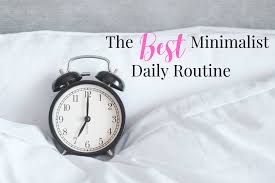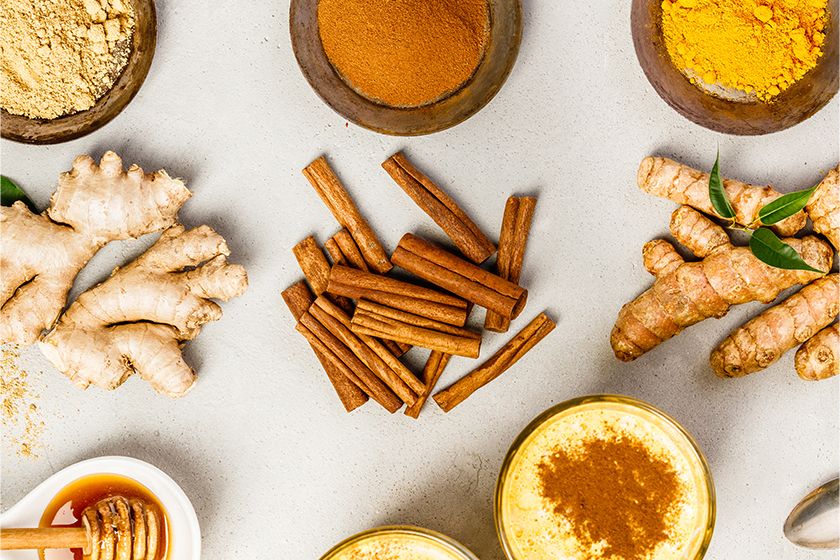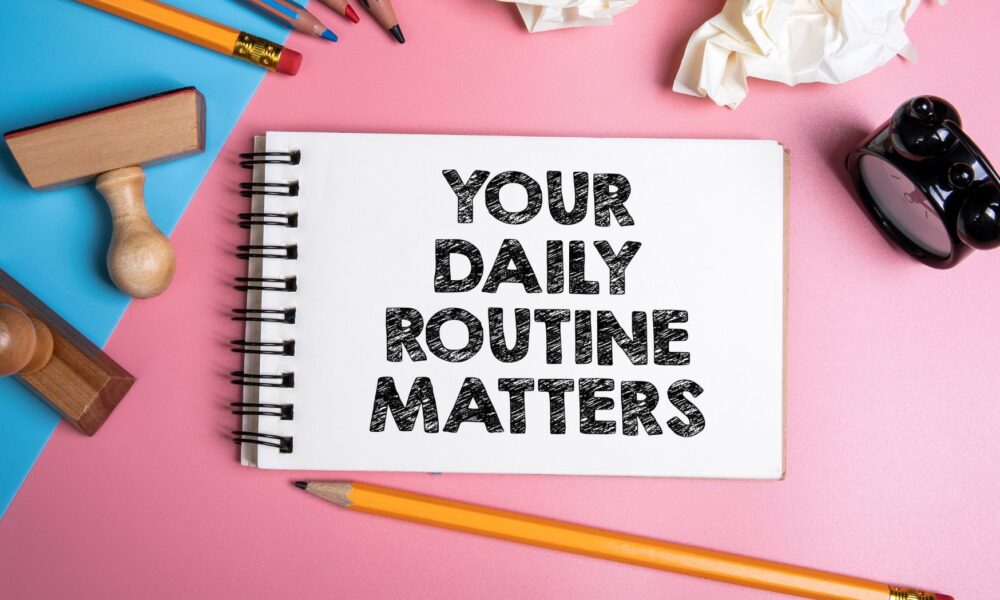Last Updated on July 8, 2025 by Kavya K
In today’s fast-moving, hyper-connected world, life often feels like a never-ending to-do list. We chase productivity, overload our schedules, and fill every waking moment with activities that promise fulfillment, yet leave us drained. The minimalist approach to daily living challenges this pattern by encouraging simplicity, clarity, and intentionality. A minimalist daily routine is not about doing the bare minimum; it\’s about focusing on what truly matters and eliminating everything that distracts from it. By doing less, we actually live better. We gain more presence, peace of mind, and personal freedom. This article explores how to build a minimalist daily routine that helps you reclaim your time, energy, and purpose—without sacrificing effectiveness or well-being.
Begin with a Slow and Simple Morning
A minimalist morning starts without chaos. There’s no rush to check emails or scroll through social media first thing. Instead, it’s about waking up with calmness and purpose. Begin the day by simply sitting with your breath for a few minutes or stepping outside to feel the fresh air. Stretch gently or do a short mindfulness meditation—just five minutes of silence can center your thoughts and set the tone for the day. Instead of juggling a long list of morning tasks, choose two or three things that are meaningful: maybe drinking a glass of water, journaling a few thoughts, and having a quiet cup of tea or coffee. Keep your wardrobe simplified so getting dressed becomes a non-stressful decision. A minimalist morning ritual doesn’t feel rushed or packed; it feels purposeful and nourishing. It clears the mental fog and invites clarity from the moment you rise.
Streamline Your Workday with Purpose
One of the biggest drains on energy is multitasking and overcommitting during the day. A minimalist work routine invites you to cut the noise and focus on what truly moves the needle. Start your workday by identifying your top one to three priorities. What are the key tasks that, if accomplished, would make your day feel successful? Instead of constantly reacting to messages or interruptions, block time for focused work and protect it as sacred. Set boundaries around meetings, minimize unnecessary communications, and automate or delegate low-priority tasks. Whether you’re working in an office, freelancing from home, or studying as a student, working intentionally with fewer tasks can increase both your productivity and satisfaction. A focused, minimal approach reduces overwhelm and increases creativity, helping you work smarter rather than harder.
Eat Simply, Nourish Deeply
Minimalism also extends to how you eat. Instead of constantly thinking about the next snack, the latest diet trend, or what to order, embrace a simpler, more nourishing way of fueling your body. A minimalist meal routine includes wholesome, balanced food choices that don’t require excessive preparation or expense. Stick to a few go-to meals that you enjoy and that make you feel good like a smoothie in the morning, a grain bowl for lunch, and a clean, home-cooked dinner. Eat slowly, without distractions, and let mealtimes become peaceful moments of mindfulness. Keeping your pantry stocked with versatile staples and planning your meals ahead can reduce decision fatigue and eliminate food waste. When you simplify your eating habits, you make room for better digestion, clearer thinking, and more energy throughout the day.
Use Technology with Intention
We spend a huge portion of our day tethered to screens phones, tablets, TVs, and laptops. A minimalist lifestyle challenges us to use technology deliberately instead of habitually. That means checking your phone only at specific times, turning off non-essential notifications, and using digital tools to support your goals—not steal your attention. Instead of jumping between apps and windows, focus on one task at a time. Create tech-free spaces or hours in your day, especially around mealtimes, personal reflection, and sleep. If possible, replace some screen time with activities that ground you—like walking, reading, journaling, or sitting in silence. Being intentional about digital consumption not only frees up time but also lowers anxiety, improves sleep, and enhances your capacity to be present in your life.
Prioritize Rest and Stillness
In the minimalist approach to daily living, rest is not a reward it’s a requirement. Rest doesn’t just mean sleep; it also means giving yourself mental, emotional, and sensory breaks during the day. This could be taking a 10-minute pause to breathe and stretch between tasks or stepping outside for a short walk in the sunlight. A mid-day break, even if short, can re-center your energy and prevent burnout. Equally important is having an evening wind-down routine that signals your brain it\’s time to rest. Dimming lights, turning off screens an hour before bed, doing some light stretching, or writing in a gratitude journal can help your body and mind ease into restorative sleep. When you embrace rest as a daily ritual, you restore your internal rhythm, improve your decision-making, and recharge your spirit for the next day.
Cultivate Meaningful Connections
Minimalism is not about isolation. In fact, it encourages deeper, more meaningful human connections. Instead of maintaining a large circle of acquaintances, focus on nurturing your most important relationships. Make time to talk with loved ones, share a meal, or simply be present with someone without distractions. Even a short daily interaction with a friend or family member can uplift your mood and reinforce a sense of belonging. Let go of social obligations or toxic relationships that drain your energy. You don’t need to attend every event or reply to every message instantly. Prioritize connection over communication, presence over performance. By simplifying your social life, you can focus on relationships that truly matter, bringing more joy, intimacy, and authenticity into your daily experience.
End the Day by Letting Go
A minimalist day ends as intentionally as it begins. Instead of cramming your evening with tasks or distractions, allow space for reflection and unwinding. This is the time to disconnect from screens, let go of the day’s stressors, and reconnect with yourself. You might write down a few thoughts, light a candle, or do some light reading. Avoid overloading your night with decisions or entertainment. Let your home environment be peaceful declutter your space so your mind can rest easily. The simple act of closing your eyes with a clear mind, knowing you focused only on what was essential, brings a sense of fulfillment. Minimalist living reminds us that peace comes not from doing everything, but from doing only what matters and doing it with full attention and presence.
Conclusion: Less Clutter, More Clarity
The minimalist daily routine is a quiet rebellion against the noise, chaos, and pressure of modern life. It teaches us that a simpler day is not an empty one it’s a richer, more meaningful one. By doing less, you gain clarity. You stop reacting and start living intentionally. Every part of your day becomes an opportunity to align with what truly matters: your values, your health, your relationships, and your peace of mind. Minimalism doesn’t mean cutting everything out; it means making space for what counts. Whether you\’re just beginning this journey or refining your routine, know that each small step toward simplicity creates a ripple of freedom and fulfillment. Ultimately, doing less allows you to live better—and that’s the kind of success worth striving for every day.










